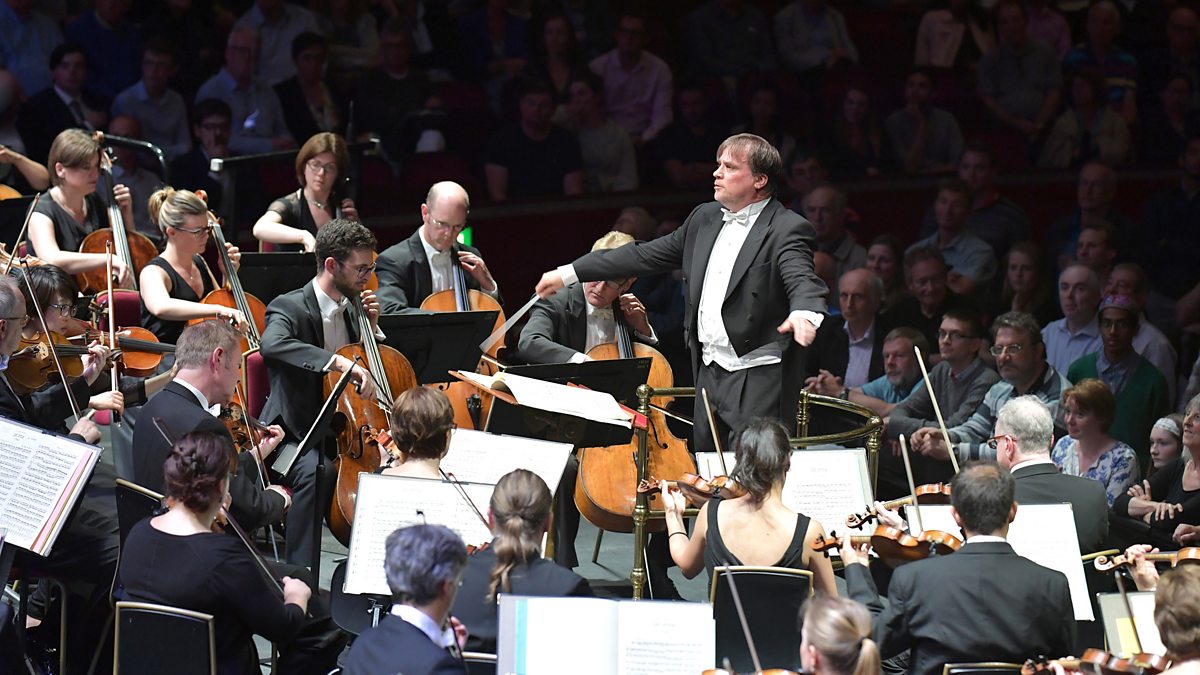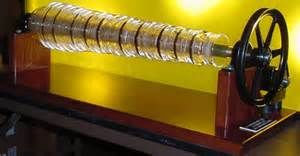19:30 Monday 1 Aug 2016
Royal Albert Hall
Jörg Widmann: Armonica (UK premiere)
Robert Schumann: Violin Concerto in D minor
Jean Sibelius: The Tempest – Prelude
Carl Nielsen: Symphony No. 5
Christa Schönfeldinger (glass harmonica)
Teodoro Anzellotti (accordion)
Thomas Zehetmair (violin)
BBC Philharmonic
John Storgards (conductor)
John Storgards was the first Finnish violinist to record Schumann's unusual Violin Concerto, but he now steps to the podium, making way for Austrian violinist Thomas Zehetmair. Surrounding Schumann's gem of a concerto are the first UK performance of Jörg Widmann's ethereal Armonia, the storm-tossed prelude from Sibelius's eerie depiction of Shakespeare's island realm and Carl Nielsen's landmark symphonic vision of good's triumph over evil.
Royal Albert Hall
Jörg Widmann: Armonica (UK premiere)
Robert Schumann: Violin Concerto in D minor
Jean Sibelius: The Tempest – Prelude
Carl Nielsen: Symphony No. 5
Christa Schönfeldinger (glass harmonica)
Teodoro Anzellotti (accordion)
Thomas Zehetmair (violin)
BBC Philharmonic
John Storgards (conductor)
John Storgards was the first Finnish violinist to record Schumann's unusual Violin Concerto, but he now steps to the podium, making way for Austrian violinist Thomas Zehetmair. Surrounding Schumann's gem of a concerto are the first UK performance of Jörg Widmann's ethereal Armonia, the storm-tossed prelude from Sibelius's eerie depiction of Shakespeare's island realm and Carl Nielsen's landmark symphonic vision of good's triumph over evil.

 . I suppose it's sort of more in the French 'spectralist' school, in its slow hovering pace. Full marks to the two soloists, and the orchestra and JS, for their work. The Schumann violin concerto (by far the weakest of his 3, IMHO) is about to start.
. I suppose it's sort of more in the French 'spectralist' school, in its slow hovering pace. Full marks to the two soloists, and the orchestra and JS, for their work. The Schumann violin concerto (by far the weakest of his 3, IMHO) is about to start.


Comment